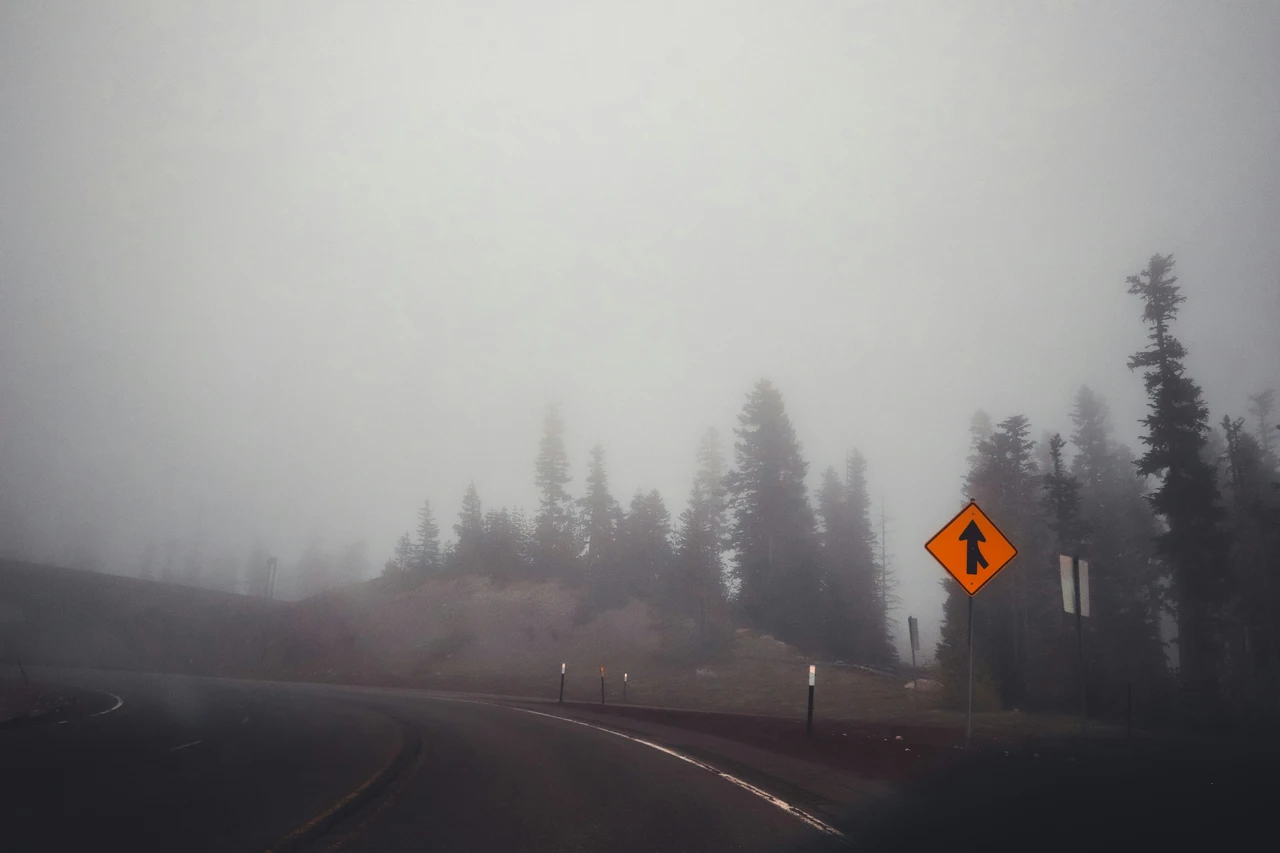Driving British Columbia’s interior highways in the summer can be beautiful. But it can also be dangerous and challenging, especially with wildfire season strikes. If you're driving a heavy-duty truck through smoke-filled routes or past active wildfire zones, knowing how to handle the heat, the roads and your rig can keep you safe. Because driving through hot zones requires more than just horsepower, it needs strategy, awareness, and serious mechanical readiness.
Let’s walk through how to get your load and yourself through safely, without risking your equipment or well-being.
Understand the Wildfire Highway Conditions
In wildfire season, the main highways connecting the province, like Highway 1, Highway 97, and Highway 5, can be closed or limited without much warning. Whether it’s ash on the pavement, fallen trees, or melted guardrails, these are real risks to your safety and your truck.
Before you roll:
- Check DriveBC and local fire service updates for closures or alerts.
- Use radio channels and CB chatter to stay in the loop.
- Map out alternative routes, even if they add hours. A detour beats a breakdown.
Smoke Isn’t Just Annoying….It’s Dangerous
When you are driving, visibility is key. And BC highways are narrow, winding, and can even take you up mountain passes or deep valleys. But here’s the thing: with fire comes smoke, and smoke reduces visibility and impacts your engine air intake system. If particulate-heavy air clogs your air filter, it restricts airflow, making your diesel engine run hotter and burn more fuel.
What you can do:
- Inspect and change your air filter more frequently during fire season.
- Consider a pre-filter wrap if you're running prolonged routes through smoke.
- Use high-quality diesel exhaust fluid (DEF). Your after-treatment system (like the DPF and SCR) is already working overtime in smoky air.
Monitor Your Cooling Systems Relentlessly
The thing about fires is that they are hot - and make everything around them hot, too. Radiant heat from nearby fires and rising outside temperatures can overload your coolant system, especially if you’re climbing grades like the Coquihalla. If your fan clutch isn’t activating properly, your engine might overheat before you even see flames.
Action steps:
- Check coolant levels and condition daily.
- Listen for fan clutch activation. If it’s not kicking in at low speed, it's time for a mechanic to take a look.
- Inspect radiator fins for soot or debris.
Keep Transmission and Brake Systems Cool
Sometimes avoiding wildfires means detours with steep, winding grades, particularly if you're rerouted through back roads to get to your destination. Add to this that braking heavily and frequently can push your compressed air brake system and transmission cooler to their limits.
Stay ahead by:
- Using proper low-range gearing on descents.
- Keeping your transmission fluid topped off and clean.
- Watching for signs of brake fade, a spongy pedal or delayed response.
Air Systems Can Fail Fast in Heat
Firefighting efforts often lead to high humidity in the area, which can wreak havoc on your air dryer and compressed air tanks. Water in the system means frozen lines in winter, rusted internals, or failure under pressure.
Daily checks should include:
- Draining your air tanks regularly, every shift, in these conditions.
- Inspect the air dryer for function and moisture buildup.
- Ensure the emergency brake function in case your system fails entirely.
Suspension & Tire Checks Are Non-Negotiable
Though they’re meant to be tough, the leaf spring suspensions and air ride systems aren’t impervious to heat. These components respond differently to heat and unpredictable terrain. Potholes formed by melted pavement and debris can shift loads dangerously, adding to the driving challenges presented by wildfires.
Tires are also at higher risk. High temps + underinflation = blowouts.
Check this every day:
- Tire pressure and condition. Why? Because hot rubber expands.
- Suspension bags for leaks or odd behaviour.
- Load distribution. Why? Because off-kilter weight kills suspension fast.
Don’t Overlook Electrical and DEF Systems
Heat and heavy electrical demand -–we’re talking about fans, A/C, and DEF sensors—can quickly kill a weak alternator. If your DEF system malfunctions in the middle of a smoke zone, you could face derating or even shutdown.
Double-check:
- Battery voltage before departure.
- That your DEF tank is topped up and the fluid is fresh.
- Your after-treatment system sensors are throwing no codes.
Have an Emergency Protocol
Even the most experienced driver can’t outsmart a wildfire gone rogue. Have a clear plan.
Pack your cab with:
- A high-visibility vest, N95 masks, and spare water.
- Emergency contact list and roadside triangles.
- Fire extinguisher (and know how to use it).
And if you're in or around Chilliwack, Mountain Pacific Mechanical can be your backup when things go sideways. Whether you’re heading into the Fraser Valley or coming down from the Coquihalla, you’ll want a trusted team nearby for inspections, air system servicing, or fan clutch replacements.
Being Wildfire Ready When You Hit the Road Matters
Navigating wildfire-impacted highways in a heavy-duty truck is no small task. But with proactive maintenance, a sharp eye on environmental conditions, and a cool head behind the wheel, you can stay safe while keeping freight moving. Don't gamble with equipment failure or visibility loss; use these checks and protocols to protect yourself and your rig.



